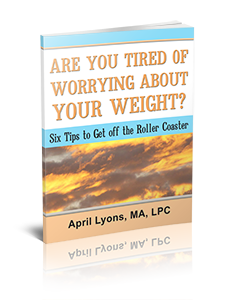Are you a woman suffering the lingering effects of an experience(s) you want to forget? To be aware of how unresolved trauma keeps good women down, it’s crucial to learn to recognize the most common signs. PTSD symptoms in women tend to manifest themselves in several distinct ways.
Here’s what to look for:
Hyper-arousal: You are jittery and jumpy. Your body always is tense and alert. An amplified startle response is the most noticeable external sign that PTSD is at play. You may also notice the following:
1. You may be startled by very small environmental changes, unnoticed by other people.
2. The startle response usually occurs when the stimuli is a reminder of the trauma.
3. The startle response often will not resolve quickly and can inspire panic or traumatic recollections.
Numbing and Avoidance:
You want it gone, but you don’t know how to make it go. So, you simply don’t go there in your mind.You avoid any reminder: sights, tastes, smells. You steer your body against the painful memories. You let nothing in. PTSD symptoms in women often includes some of the following numbing behaviors:
1. Avoidance of trauma-related thoughts, emotions, or conversations
2. Avoidance of stimulating people, places, or pursuits
3. Inability to remember important facets of the trauma
4. Lost interest in important or enjoyable activities
5. Detachment from others
6. Restricted range of emotion and social engagement
7. Reduced sense of your future, goals, or life span
Depression
Your life may feel heavy and too broken to face. The sadness, guilt, worries, and dark moods of depression often signal PTSD and make a difficult situation worse. PTSD and depression often co-exist. The markers of depression and PTSD are often intertwined. The most common are:
1. Disrupted eating and sleeping patterns
2. Withdrawal and isolation
3. Hopelessness
4. Lack of interest in formerly pleasurable activities
In severe situations, risk of self-injury and suicide are also very real concerns when depression and PTSD merge.
Panic and Social Anxiety
According to the National Comorbidity Survey, symptoms include a high prevalence of at least one other mental health disorder. The survey noted that PTSD symptoms in women might inspire panic disorder and fuel agoraphobia while men lean toward substance abuse and aggression.
For many female PTSD sufferers, panic is stimulated by their other symptoms or it simply seems to come out of the blue. The panic triggers thoughts of the trauma, which trigger more avoidance or hyper-arousal, and so on. When fear and worry won’t release your mind, an unfortunate PTSD cycle is born.
PTSD also makes it difficult to communicate well, connect with others, and includes feelings of shame and embarrassment concerning the panic you sometimes exhibit. This may lead to a fear of dealing with anyone socially, even the development agoraphobia.
Body Issues and Eating disorders
PTSD symptoms in women also reveal a connection to body image and food consumption not commonly associated with male PTSD. Female eating disorders often come with a traumatic backstory or history. Given that a significant segment of the female PTSD population has sustained some sort of sexual abuse or assault, bodily symptoms are a common indicator of post-traumatic stress.
PTSD symptoms in women take a toll on emotional well-being, relationships, and self-esteem. You’ll need help to fight back. But PTSD can be undone.Reach out to a compassionate therapist to help you restore peace of mind.
If you would like some extra support and are looking for PTSD Treatment, please contact me for a free consultation to learn about how I can be of service.


